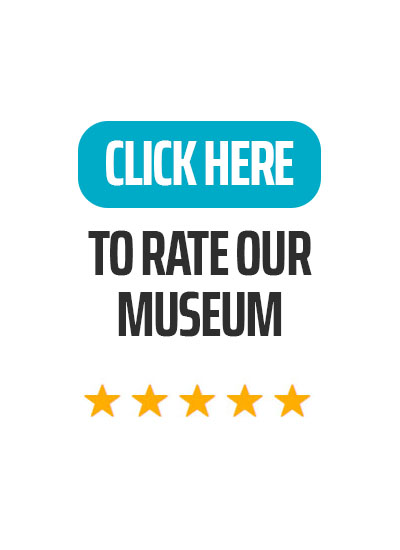The museum building was constructed in 1927 by the architect Kazım Tahsin as the governor's office. Following extensive restoration works, it was officially opened to the public in 1992 as the Archaeological and Ethnography Museum. The museum's exhibition space comprises a hall displaying stone artefacts at the entrance, an archaeological artefacts hall and an ethnography hall on the second floor, as well as extensive garden exhibitions. The museum houses a total of 23,901 artefacts discovered in Tekirdağ and its vicinity, spanning from prehistoric times to the present day. The Stone Artifacts Hall houses a collection of sculptures, steles, reliefs, tombstones, and inscriptions that have been brought from the ruins within the provincial borders, with a particular focus on those from Perinthos (Marmara Ereğlisi), the Heraion Teichos (Karaevlialtı), Byzante (Barbaros), and Apri (Kermeyan). The skeleton of a king belonging to the Odrys dynasty of the Thracians found in the Harekattepe Tumulus is displayed alongside grave finds and royal and priestly crowns. The grave chamber of the Naip Tumulus, which also belongs to a Thracian prince, is recreated in the exact dimensions of the Naip Tumulus, together with the grave inventory consisting of silver vessels, jewellery, oil lamps, shields and candlesticks. Among the finds, the Egyptian banquet table and the ichneumon figures on the shield provide information about the prince's life. In another display case in the entrance hall, votive figurines, statuettes and a medicine furnace from the cult and health centre at the ruins of Herion Teichos, the only Thracian city whose archaeological excavations continue in Turkey, are presented alongside other excavation finds. Additionally, the artefacts of the ancient city of Perinthos, which served as a provincial centre in the 1st century A.D. and is now located in the Marmara Ereğlisi District, constitute a significant exhibition space in the hall of stone artefacts. The hall of archaeological artefacts displays a variety of items, including stone axes, bone tools, spearheads, arrowheads, metal and terracotta figurines, and daily use vessels. These items were discovered in the valleys formed by the Ergene and Galata Streams in Saray District, as well as in the Güneşkaya and Güngörmez Caves. Additionally, the findings of the Toptepe Mound Excavation, a Chalcolithic Age settlement dated to 5000 B.C., are on display. Ganos Ampora, accompanied by a boat illustration from the ancient period, is exhibited in a large area in this section of the museum. Furthermore, the crater belonging to the Syleus Painter, which depicts the rescue of the body of Hector, the son of Troy King Priamos, the Toptepe mother goddess cult vessel, the Perinthos and Karaevli sarcophagus finds, and the collection includes votive steles, figurines, fibulae, jewellery, fragrance bottles, oil lamps, ornaments, Thracian city and king coins, and coins from various periods, including Roman, Byzantine, Ottoman, and European are exhibited chronologically. In the ethnography hall, exhibits include terracotta glazed and metal pots used in the Ottoman and recent periods, Çanakkale Ceramics, firearms and cutting weapons, silver jewellery, Tekirdağ region women's and men's clothes, bath sets, hand embroidery, covers, towels, Karacakılavuz Hand Weavings, handwritten Koran and Tekirdağ Banner made of red silk fabric. Furthermore, a traditional circumcision room is accompanied by furniture representative of the period. Additionally, a Tekirdağ Room is furnished with a fireplace, curtains, woven carpets, daily use containers, a handmade wooden carved cradle, and mannequins dressed in traditional clothes. The extensive garden, which encompasses three sides of the Tekirdağ Museum, houses a multitude of artefacts from various historical periods. These include sarcophagi, columns, statues, column capitals, friezes, architraves, tomb steles, altars, pitos, and tombstones, which are exhibited in a typological arrangement.
Tekirdağ Museum


